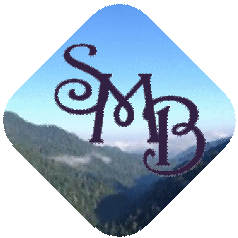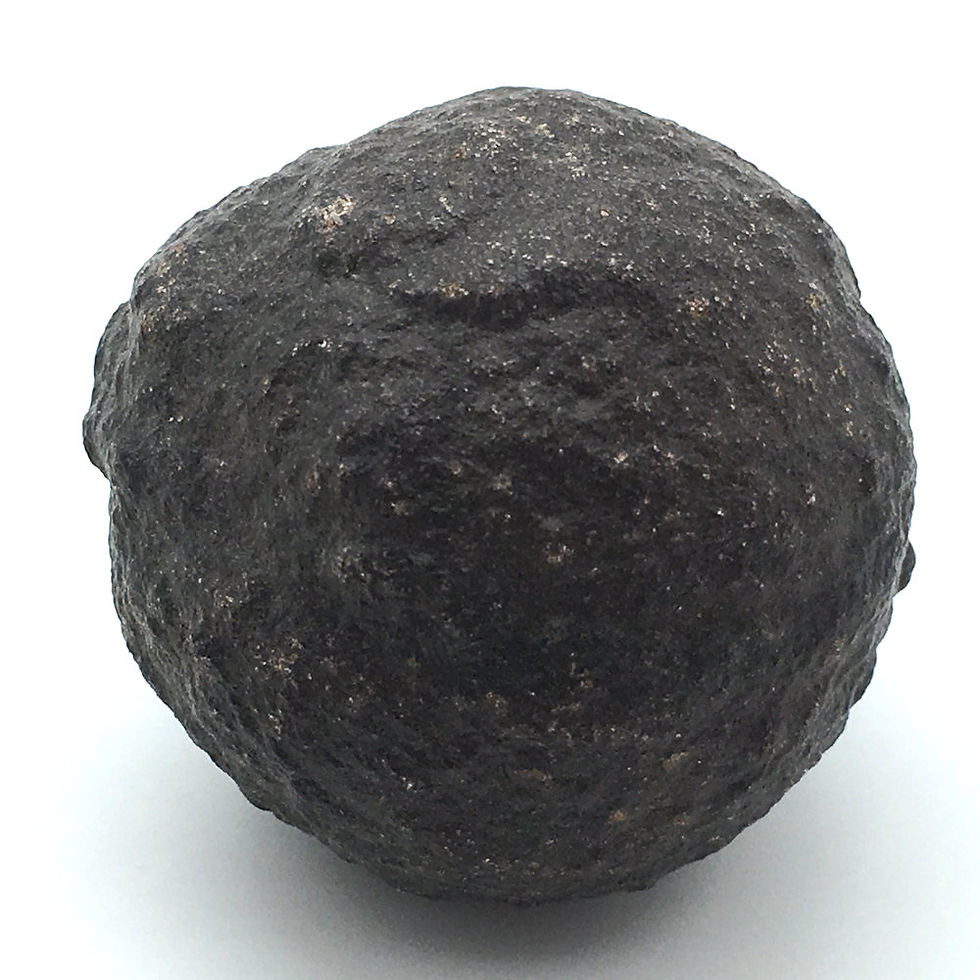
Agate Beads
Agate is a variety of translucent Chalcedony ranging in many colors due to mineral inclusions.
WE ARE ONLY ONLINE
We currently do not have a brick & mortar store open to the public.
Latest update: 2026 January 10 2026
Concretions
Fairy Stones, Moqui Balls & Pop Rocks
A concretion is a hard, compact mass of matter formed by the precipitation of mineral cement within the spaces between particles, and is found in sedimentary rock or soil. Concretions are often ovoid or spherical in shape, although irregular shapes also occur.
For more information: Go to Fairy Stones Go to Moqui/Boji Balls Go to Pop Rocks
Fairy Stones The origin of these stone concretions are a phenomenon to Northern Quebec, Canada. They formed on the bottom of large glacier origin lakes. These stones are found to be from the soft deposits from the Quaternary period, then they were carried by the water and deposited on the shores of lakes and rivers.
The Northern Quebec Indian Story of the Fairy Stone
The Indians have called them 'Fairy Stones' for hundreds of years. They were often carried as lucky charms when they went on fishing or hunting expeditions. Lovers offered the most beautiful 'Fairy Stones' to their loved ones. The largest specimens often occupied a place of honor in homes. These special stones assured a protection against the bad spirits according to this legend. They also believed to bring good health and prosperity.
Moqui Balls also known as Boji Balls, Moqui Marbles and Shaman Stones, are concretions of sandstone balls cemented by a hard shell of iron oxide minerals.
"Moqui marbles are small, brownish-black balls composed of iron oxide and sandstone that formed underground when iron minerals precipitated from flowing groundwater. They occur in many places in southern Utah either embedded in or gathered loosely into “puddles” on the ground near outcrops of Jurassic age Navajo Sandstone.
The word Moqui comes from the Hopi Tribe. The Hopi were previously known as the Moqui Indians, named so by the early Spaniards, until their name was officially changed to Hopi in the early 1900's. According to some Internet sources, there is a Hopi legend that the Hopi ancestors’ spirits return to Earth in the evenings to play marble games with these iron balls, and that in the mornings the spirits leave the marbles behind to reassure their relatives that they are happy and content.
Moqui marbles (sometimes spelled Moki) are also known by collectors by many other names—Navajo cherries, Navajo berries, Kayenta berries, Entrada berries, Hopi marbles, Moqui balls, or Shaman stones. Geologists call them iron concretions.
These spherical iron concretions commonly range in size from a fraction of an inch (pea size) to several inches in diameter, although some can be as large as grapefruits. In addition to marbles or balls, iron concretions can be shaped like buttons, pipes, corrugated sheets, UFO “flying saucers,” plates, or doublets and triplets (two or three conjoined balls).
The host rock for the marbles, the Navajo Sandstone, was originally deposited around 180 to 190 million years ago as a huge sand dune field, similar to the modern Sahara, that covered parts of Utah, Arizona, Colorado, Wyoming, Idaho, Nevada, and New Mexico. A very thin, microscopic layer of hematite (an iron oxide mineral) coated the sand grains, giving the sand its red color. The sand was later buried by other sediments and eventually compacted into sandstone, during which time the hematite coatings continued to spread over the grains, ultimately giving us some of the most spectacular red sandstones visible in southern Utah.
But not all Navajo Sandstone is red; some Navajo Sandstone is white. While still buried, water containing reducing agents like hydrocarbons (petroleum) or weak acids traveled slowly through parts of the permeable sandstone, bleaching the red rock by dissolving the iron into the water. This iron-laden water eventually flowed to a place where the groundwater chemistry changed and caused the iron to precipitate. This precipitated iron surrounded and cemented the sand grains and in time formed iron concretions consisting of concentric layers of hard iron minerals enclosing loosely to well-cemented sand. Some recent studies have also proposed that microorganisms later helped convert the precipitated iron into iron oxide.
Once the overlying rock layers were eroded and the Navajo Sandstone revealed, weathering of the sandstone exposed the hard, weather-resistant iron concretions, many of which are amassed in large groups on the surface. Many concretions are located in State Parks, National Parks and Monuments, and Native American reservations where collecting is prohibited. [Source]
Pop Rocks, also known as Boji Stones, are mined in Smoky Hill Chalk Member of the Niobrara Formation within Gove County, Kansas. Some say Pop Rocks began as fossils from the Cretaceous period, around 80 million years ago. Over the years the fossil material was replaced by Pyrite, Iron Magnetite, Marcasite, Jarosite and/or other minerals formed around the fossilized core which you can often see the original embedded fossil. However, others say this is not true, that metamorphic rocks are completely absent. Instead, "these iron sulfide concretions were created by the precipitation of iron sulfides within anoxic marine calcareous ooze after it had accumulated and before it had lithified into chalk". They received their name after being thrown into a fire which it exploded in a pyrotechnic display (please don't try this at home). They produce sparks and a burning sulfur smell when cut or hammered. They are said to be female and male stones with the females being more smooth and oval and the males are rougher with some protrusions.





























